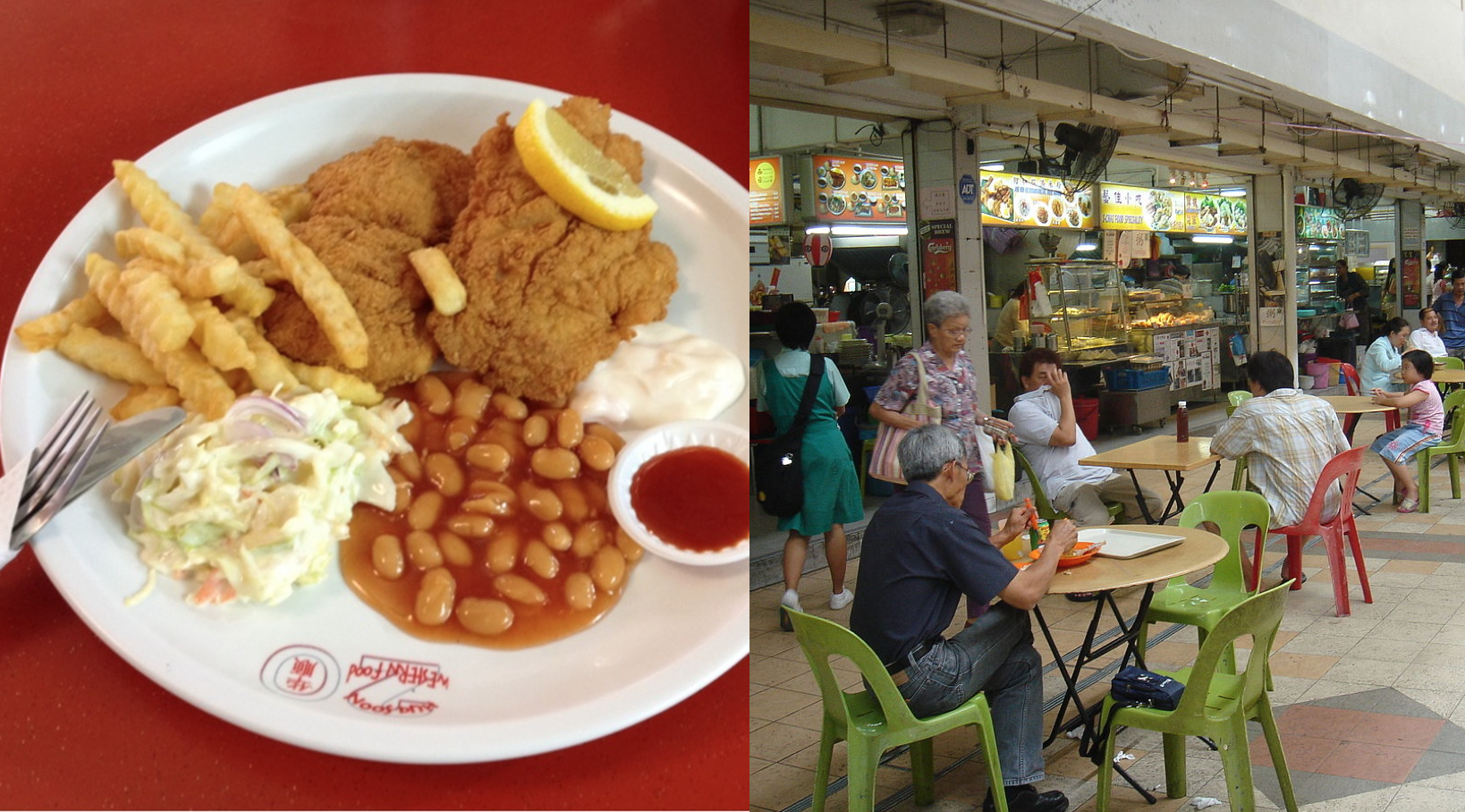"Western food" in Singapore is ubiquitous. It can be found at coffee shops (kopitiams) and hawker centres.
No, we aren't talking about the newfangled stalls featuring duck confit and crayfish aglio olio.
We're referring to the good old fashioned classics like chicken chop and fish and chips with a side of fries, baked beans and/ or coleslaw.
Western food in kopitiams
Old-timer Western fare in Singapore looks something like this:
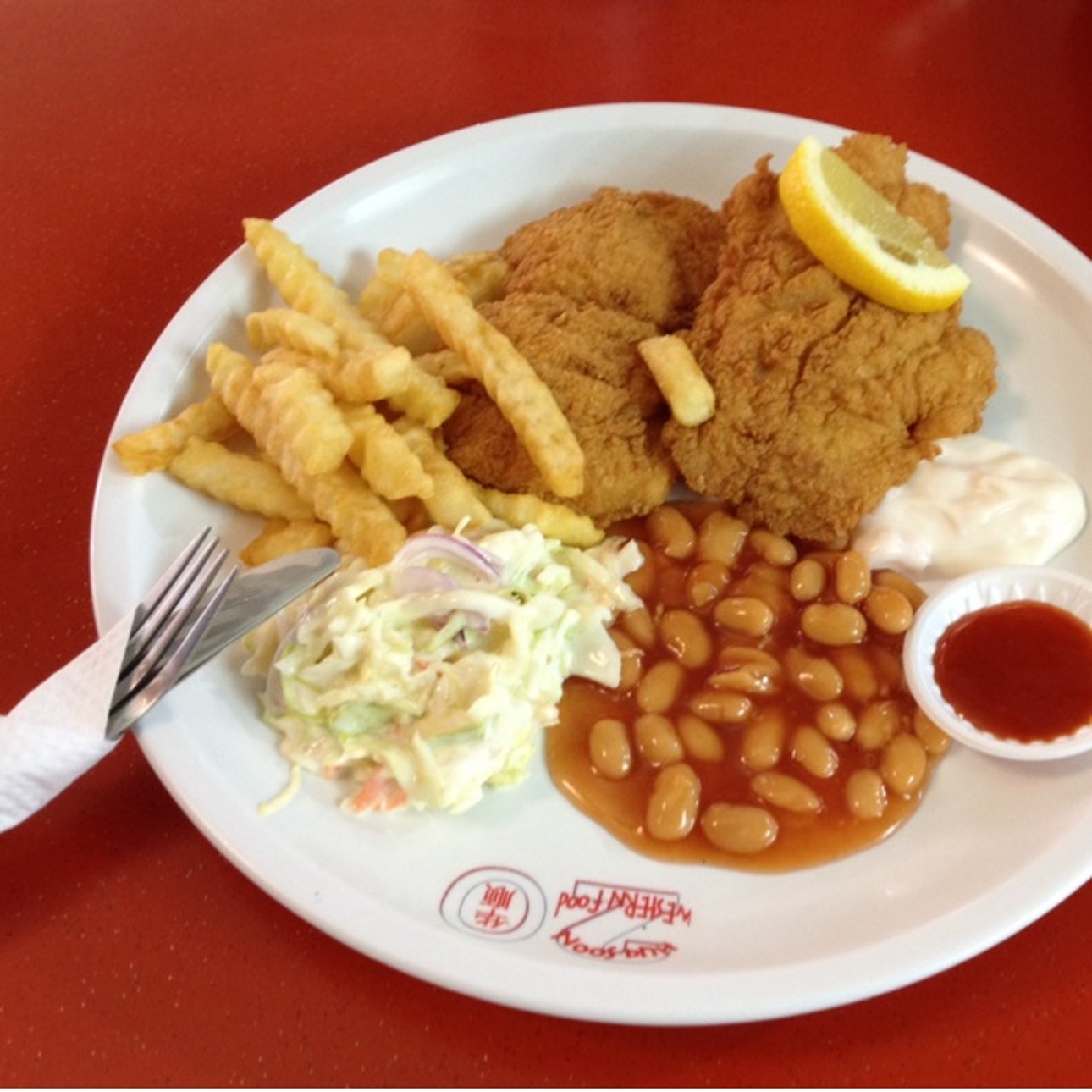 Photo by Ong Min Hui, via Burpple
Photo by Ong Min Hui, via Burpple
Or this:
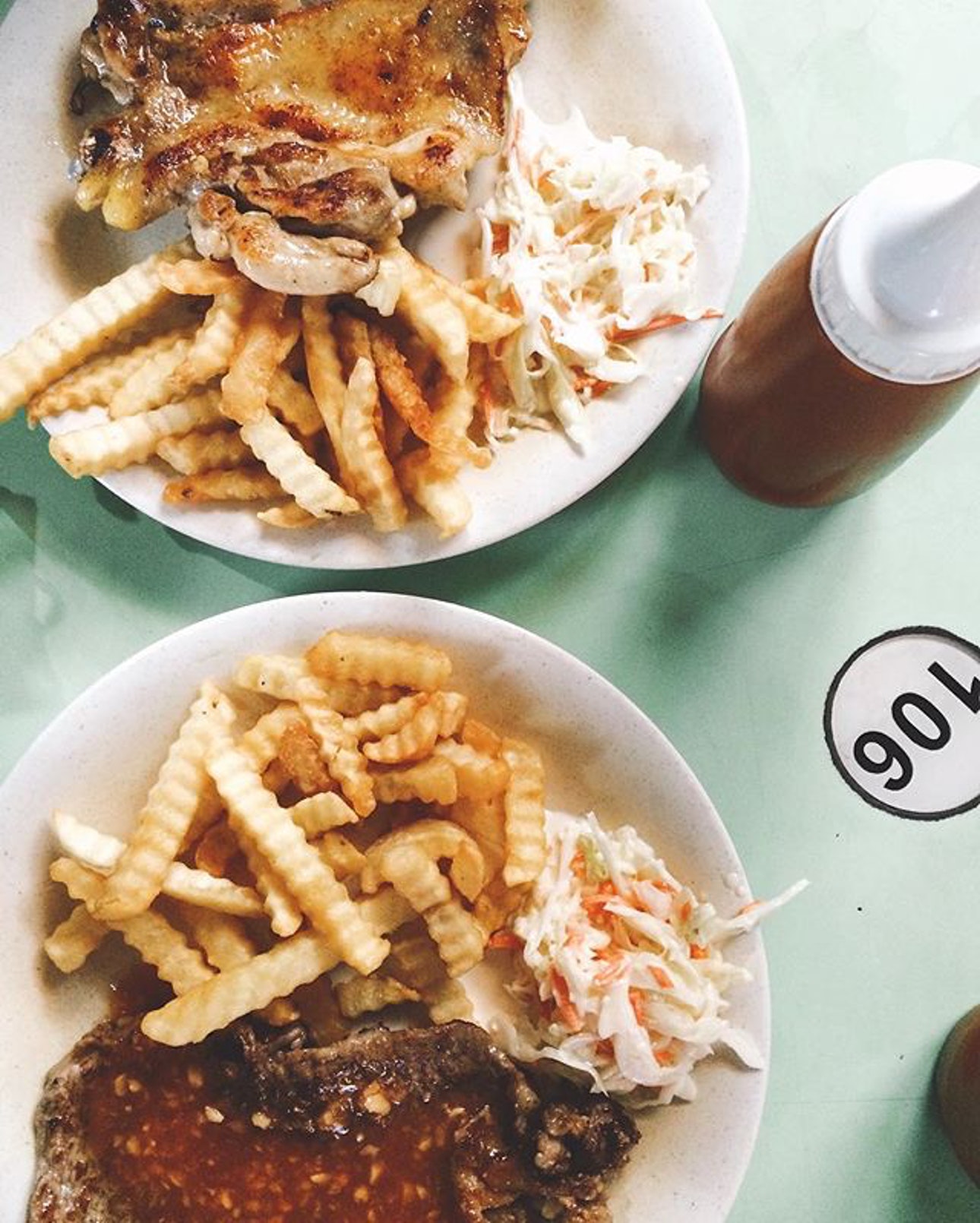 Photo by Chun Kho, via Burpple
Photo by Chun Kho, via Burpple
Despite minor variations between the stalls selling "Western food", they are inexplicably similar to one another.
[related_story]
Arrival of the Hainanese
To understand how "Western food" as we know it came about, we have to go back to the 19th century when Hainanese immigrants first came to Singapore.
In the 1820s, Singapore was a new British colony. It saw plenty of immigrants arrive from China.
A common retelling of what happened is that the Teochew, Hokkien and Cantonese were the first to arrive fresh off the boat.
Subsequently, the Hainanese arrived later and found that most of the jobs were already taken by other migrant groups.
Fusion food
The Hainanese ended up working for the British colonial households as cooks, house helps or maintenance staff.
Others found work in British-owned restaurants, hotels and clubs which included Raffles Hotel and the Singapore Cricket Club.
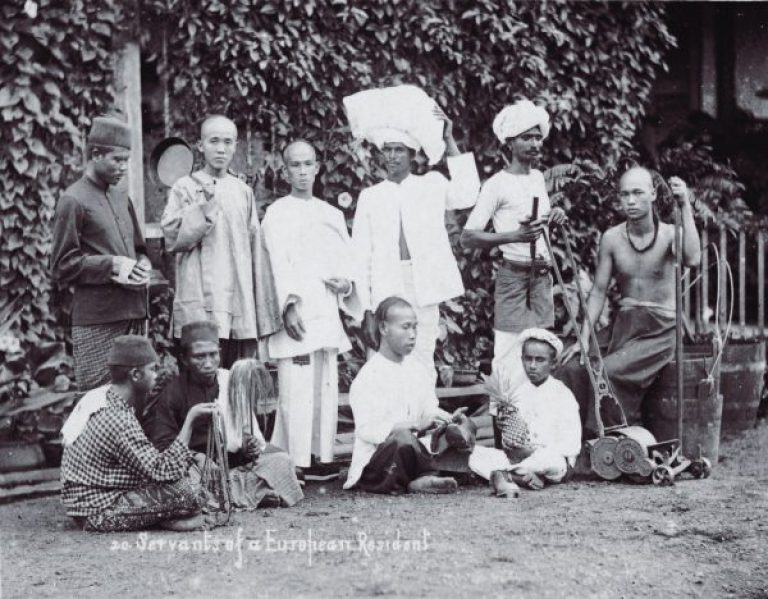 Photo via NLB.
Photo via NLB.
Through this experience, many of them were exposed to Western cuisine (e.g. coffee, cakes and cutlets) and cooking practices.
But the recipes were not copied wholesale.
The availability of local ingredients greatly influenced the dishes, and the recipes were also modified to suit what the cooks felt was their colonial masters' (or even their own) tastes.
Introduced to locals
As the economy slow downed during the Depression Era of the 1930s, many hotels and British-owned establishments folded.
Many of the Hainanese went on to set up kopitiams and family-run eateries serving coffee, tea, kaya toast, and cakes.
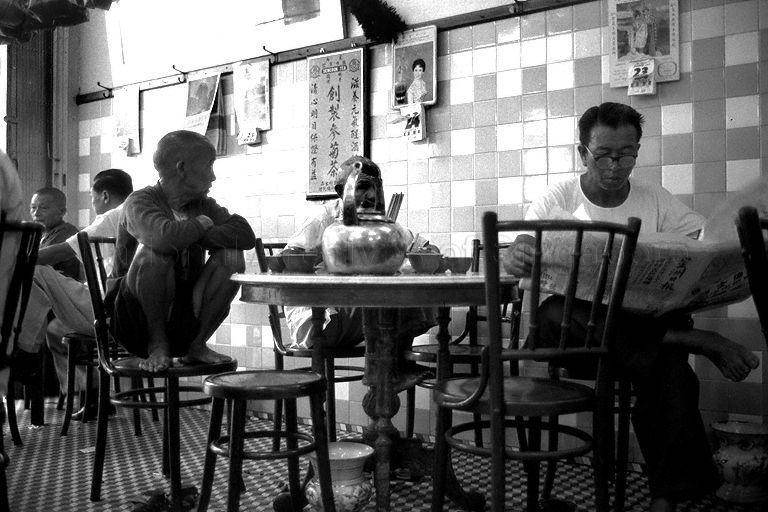 Photo from NAS.
Photo from NAS.
By catering to the middle and low income workers, they effectively popularised fusion food for the masses.
And gradually, their offerings expanded to other fusion dishes such as Hainanese pork chop rice, meat pies and stews.
Today, the kopitiam scene is no longer dominated by the Hainanese.
However, many of these fusion dishes remain -- a testament to our colonial past and how locals have adapted it in our food culture.
Related stories:
Top photo composite image, Burpple user Ong Min Hui & Wikipedia
If you like what you read, follow us on Facebook, Instagram, Twitter and Telegram to get the latest updates.
